Martial artists need to be extremely cautious when choosing a fitness program to compliment their training. While the right program can support, enhance, and protect budo practice, the wrong one can just as easily derail it.
Bujinkan Budo Taijutsu relies on relaxed, whole-body power devoid of excess muscular tension to properly execute its techniques.
Think About This
Think about this – each and every action you repeat over and over again encodes in your nervous system and creates change in your body, no matter how you value that change. Meaning that if you want to train yourself to move softly, subtly, and with relaxed power for your martial art practice yet you perform high tension power lifting exercises at the gym, guess what gets carried over to your budo? Yup. Too much tension.
If you are working towards using your whole body as a unit in budo practice so that when one thing moves, everything moves (can you do this?), but you perform bodybuilding style splits and isolation exercises in your strength training, what do you think happens to your functional integration? Yup. Bye-bye.
The critical thing to note here is that, as stated above, every action you do, no matter what your opinion of that action is, has an affect on your nervous system. When 2 actions compete, both lose out.
Shouldn’t your supplementary training and fitness support and enhance your main goal of becoming a more proficient martial artist? If it doesn’t, you might want to ask yourself what is more important to you? These are tough questions for a life long, committed budoka to wrestle with – trust me! I know. I walk a thin line in my training every day. But I made my choice long ago… You see, I love fitness, but budo is in my blood.
So when you go looking for a strength and conditioning program to support and protect your martial arts practice, remember something – I have been there, done that, and got the t shirt (several, actually).
Already Done For You
The research has been done. The exercises, protocols, and programs have been rigorously tested. The results are in. I have created several Done For You programs that I KNOW will change your Bujinkan Budo Taijutsu practice for the better. As a 20+ year veteran of the Bujinkan (I started training in 1989), I have put together these programs for you – Bujinkan students and teachers alike. It’s all here….

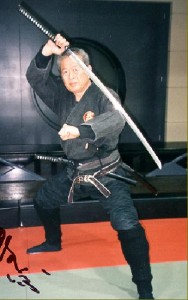
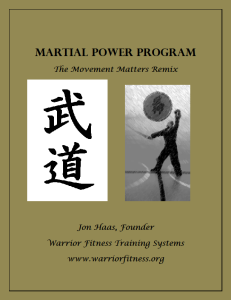
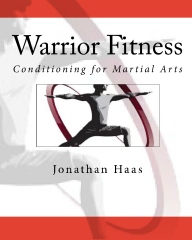
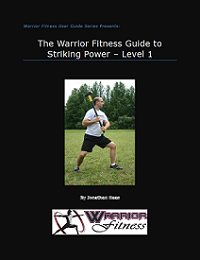
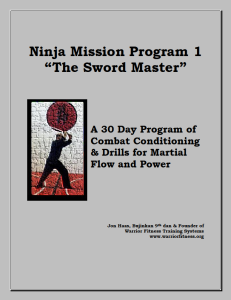
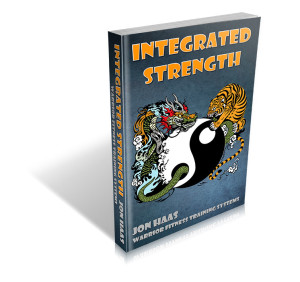
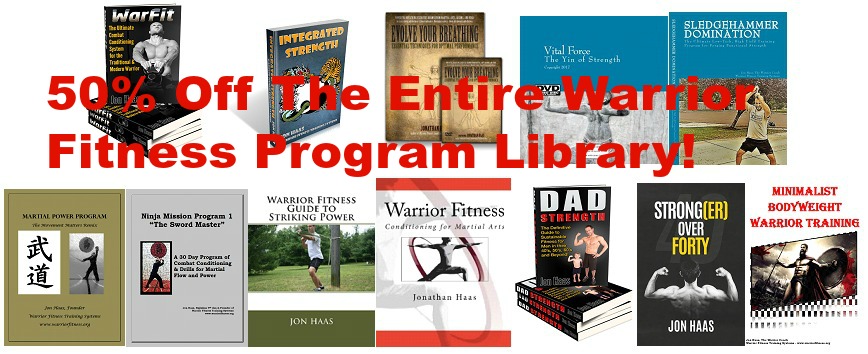





4 Comments
Martin
November 5, 2013I disagree, if you stretch and train properly, whitout becoming a monster full of muscles who is incapable of scratching his/her nose, you’ll do just fine… In fact, I’ve been training with weights almost all my entire adult life and it didn’t affect my budo training in any way, you just have to be careful with the excercises you pick and the development of your body muscles… in my opinion there’s really no need to go selling some kind of secret training to be the ultimate budoka.. but anyway, everything has come to profit nowadays… a little sad I guess..
Jon
November 7, 2013Hey Martin,
Thanks for your comments. While I see what you are saying, I believe you are completely missing the point. No, there is no “super secret training to be the ultimate budoka” – never said there was. But there most definitely ARE better, more efficient ways to train that mesh more effectively with our (Bujinkan/Traditional MA) type of training. For example, bodybuilding will screw up your martial arts training. High tension techniques in power-lifting/ hard style training will screw up your Bujinkan martial arts training. All I’m saying here is that I have walked both paths and trained extensively in fitness and martial arts. My experience may be helpful to those who are looking to effectively combine their training. If you do not want it or need it, you are not required to buy it. 🙂
Matt
October 8, 2014Excellent points on all Jon! Great post. As a personal fitness trainer and life-long martial artist I have both experienced myself and seen others struggle with said fine line, only too often failing to find that balance. What I feel is important to note is both are required (fitness and technique) yet most rely solely on one or the other, more often than not the latter. Just as important is the structure of your fitness training, i.e., task-specific warming up and dynamic stretching before your workout/practice, and then a gradual cool-down and static stretching after. Of course proper rest and nutrition are a must also. But just as the warm up should be task(s) specific so too should the workout. Once more you have proven your wisdom Mr. Haas, and we are fortunate to be the beneficiaries of it. Arigatou gozaimasu!
Jon
October 8, 2014Thank you, Matt! Appreciate your insight as a professional “in the trenches”! 🙂
Leave A Response